Av graft dialysis. Hemodialysis 2019-05-10
AV Fistula and Graft Procedures Part 2
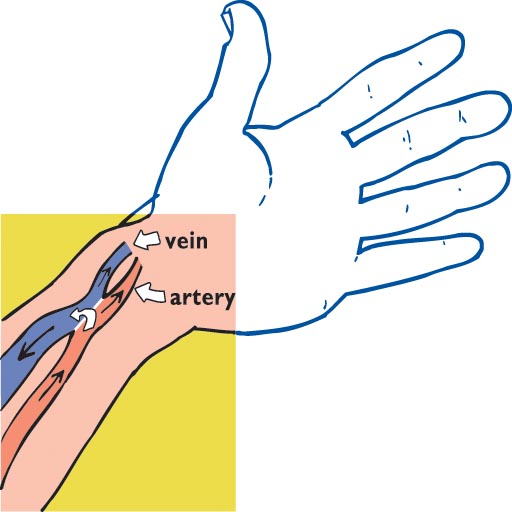
After retrieval, the flow in the graft significantly improved. Dialysis Center and Home Hemodialysis Comparison Chart Dialysis center Home Schedule Three treatments a week for about 4 hours. Results: A total of 40 patients were identified as having undergone bovine pericardial patch angioplasty between January 2013 and April 2016. We have modified the arteriovenous groin loop procedure and present a technique associated with good patency rates and low infection rates. Your doctor will give your medical information to the dialysis center you choose. You will be given a gown to wear during the procedure. Your intravenous line will be removed.
AV Fistula and Graft Procedures Part 1
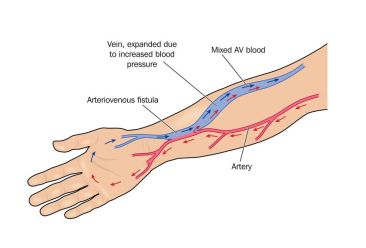
During your follow-up visit, you may discuss with your doctor any changes or side effects you have experienced since your procedure or treatment. To tell the needles apart, the needle that carries blood away from the body is called the arterial needle. Training The clinic teaches about treatments, diet, liquids, medicines, lab tests, etc. There may be conditions that prevent you from having a fistula or graft and a catheter may be used. Beginning with the approach, we first see that an incision was made and a fistulotomy again an opening into a fistula was made. Making a small incision in your abdomen, the surgeon advances the tube deep into the lower part of your peritoneal cavity the membrane lining the inside of the abdomen , tunnels the tube under the skin for several inches, brings the tube up through the skin at a different location, and then surgically closes the initial incision. Secondary patency was 94%, 91%, 80% and 77% at the same time points, respectively.
Frequently Asked Questions about Dialysis Access Surgery

While these procedures can be challenging to code and there are many variations due to the unique challenges and complications that arise with long-term dialysis, I hope the tips and examples in these articles will help you code these procedures with confidence. If you have in-center dialysis, you may need to rest after each treatment. Once the catheter is in place, contrast material will be injected and an angiogram or x-rays will be taken of the blocked vessel to help identify the site of the blockage. Advancement in dialysis technology and experience has failed to reduce this rate. A third type of vascular access—the venous catheter—is for short-term use. Over time the vein will dilate, carry more blood and become stronger, a process that is often called maturation. Giving a vascular access time to mature can help prevent problems with narrow veins, low blood flow, and blood clots.
Dialysis Access
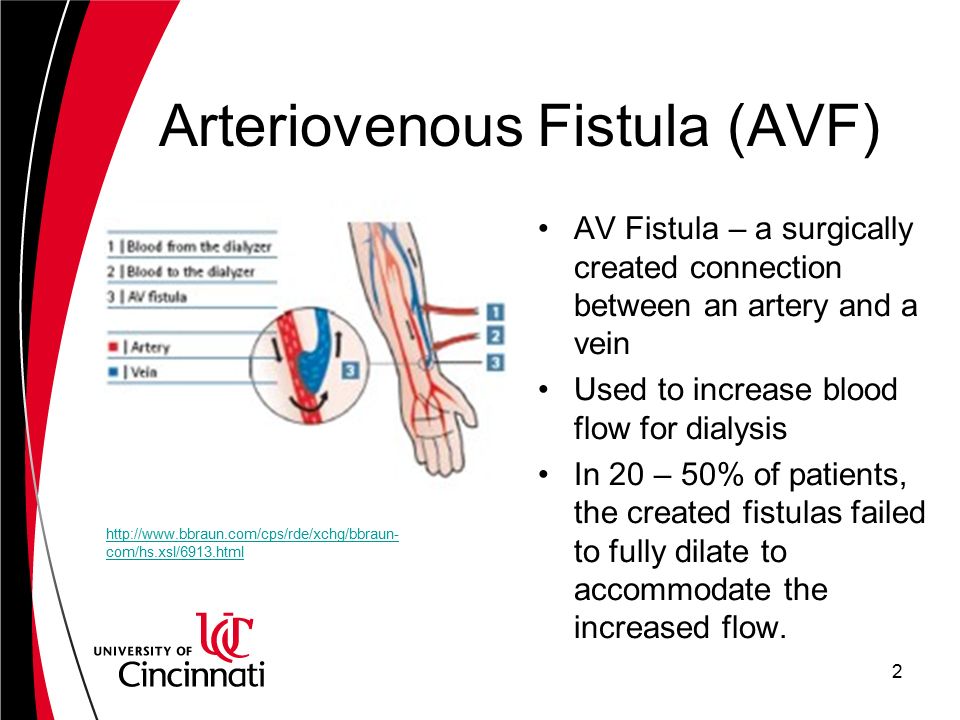
If this occurs for more than one treatment in a week, the catheter should be checked. We may request additional studies such as ultrasounds or even dye studies of the blood vessels in your arms and legs. After an angioplasty or stent placement procedure you may be instructed to take one or more medications such as aspirin, or blood thinners such as Plavix®, Lovenox® or Coumadin® for a period of time. © 2019 National Kidney Foundation, Inc. If your kidney disease has progressed quickly, you may not have time to get a permanent vascular access before you start hemodialysis treatments.
AV Graft Creation for Dialysis
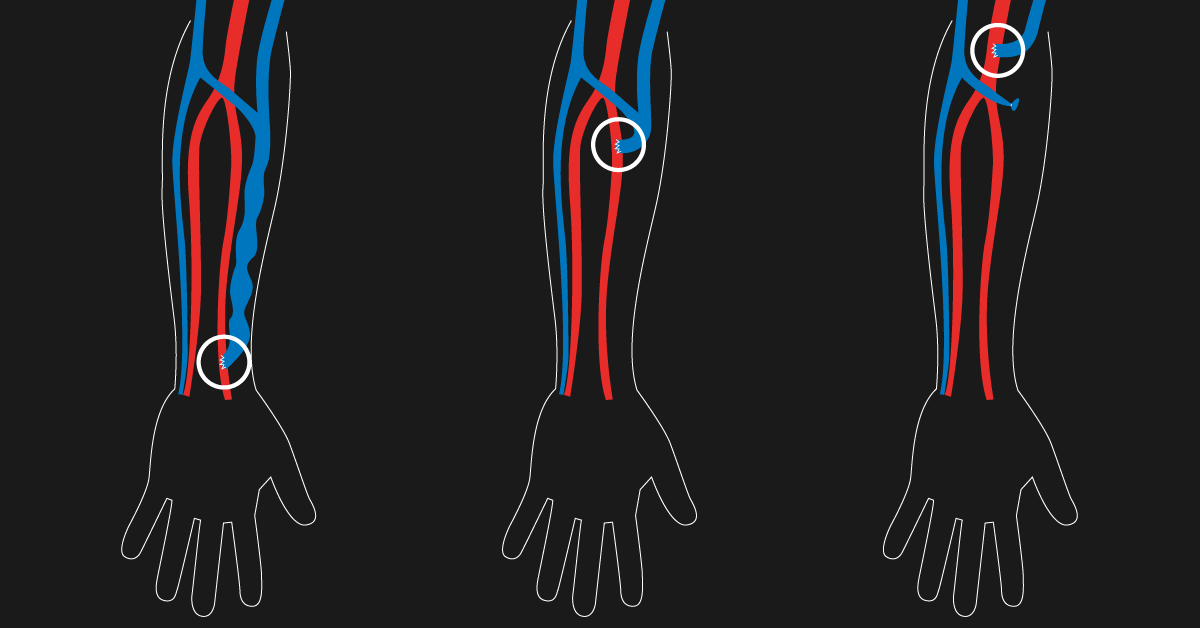
Your physician will numb the area with a local anesthetic. Forearm arteriovenous fistula What Is An Arteriovenous Graft? In addition to providing training and a hemodialysis machine that stays in your home, the dialysis center also provides 24-hour support if you have a question or problem. Angioplasty and Vascular Stenting: It is common for patients to feel some discomfort when the balloon is inflated because the blood vessel is being stretched. Permanent catheters require a minor procedure for removal whereas temporary catheters can simply be pulled out. Your interventional radiologist will decide which technique is most appropriate for you. Type of vascular access and mortality in U. The larger vein provides easy, reliable access to blood vessels.
Types of dialysis access
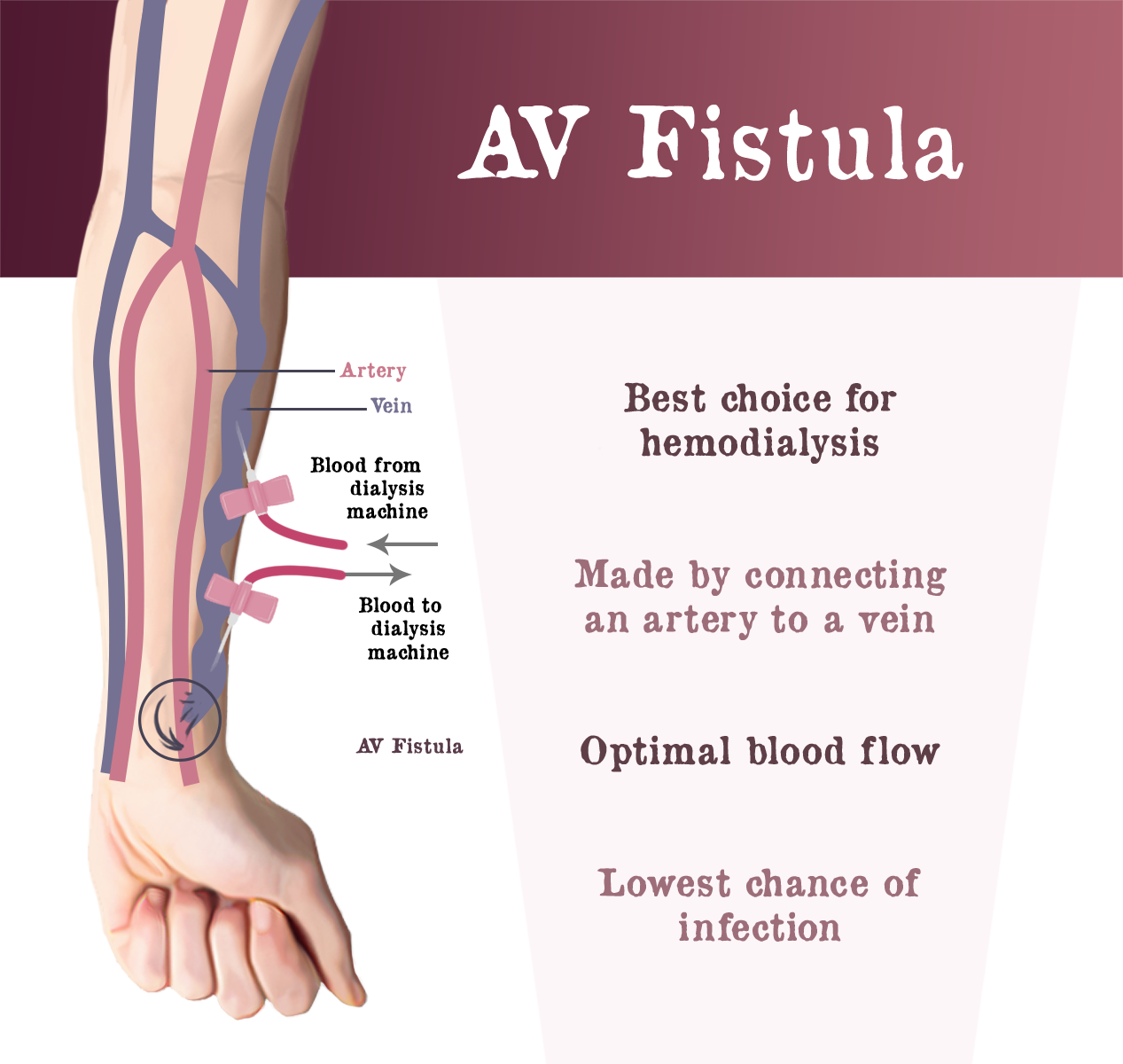
I then sutured this patch in place at the arteriovenous anastomosis. You will need to protect your access. Blood loss is less than with traditional surgical treatment and there is no obvious surgical incision. Without this surgery, your symptoms may get worse. As the passes through your body, you may experience a warm feeling which quickly subsides. A third type of vascular access—the venous catheter—is for short-term use. Answer example 2: Again in the note above, the phrases highlighted in bold help us to understand the approach to the procedure, the phrases underlined let us know where the surgeon was working, and the phrases in italics let us know what procedures were performed once the surgeon entered the fistula.
Department of Surgery
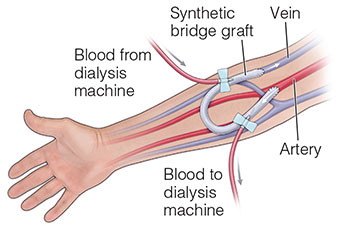
The conduit can be straight or looped and ranges between 4 to 8 mm in diameter 2. If these problems develop, medication may help. The two tubes have caps designed to connect to the line that carries blood to the dialyzer and the line that carries blood from the dialyzer back to the body. Establishing dialysis access is an invasive surgical procedure that can be performed by nephrologists, interventional radiologists and surgeons. Coders should not report 36905 and 36901 together when these procedures are performed in the same dialysis circuit.
Types of dialysis access
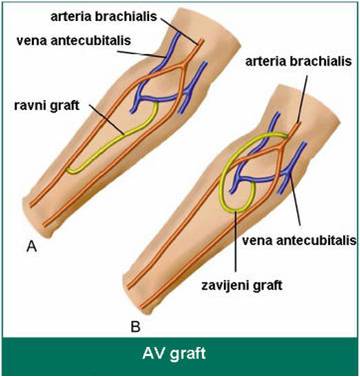
However, a well-cared-for graft can last several years. Although unusual, these issues could require additional corrective surgery. Even with excellent placement technique, bacteria can enter the bloodstream directly through the catheter during dialysis. When kidney function falls below a certain threshold dialysis is needed. He then begins with a mechanical thrombectomy at the arterial anastomosis to break up the clot.
Dialysis and Fistula/Graft Declotting and Interventions

During the procedure, physicians use fluoroscopy continuous X-rays to be sure the catheter is positioned correctly. In these procedures, x-ray imaging equipment, a balloon catheter, catheter, guide wire, sheath, stent and a medical device that breaks up or dissolves blood clots may be used. The forearm loop graft is generally preferred to a straight configuration because it is thought to have better patency ,2,3. It is intended for informational purposes only. The vascular access procedure may require an overnight stay in the hospital; however, many patients go home afterward. How does a patient care for and protect a vascular access? Catheters have two openings inside; one is a red arterial opening to draw blood from your vein and out of your body into the dialysis pathway and the other is a blue venous opening that allows cleaned blood to return to your body.
Department of Surgery

Please consult a physician for specific treatment recommendations. When blood is flowing through your access and your access is working well, you can feel a vibration over the area. These treatments occur at the dialysis center 3 nights a week while you sleep, which takes longer. This can cause blood to flow at a slower rate than the rate your doctor ordered. A few more passes of the Fogarty were made throughout the entire venous outflow to the level of the axillary vein.